Don’t Let Your Guard Down- Ticks Are Still a Danger to Your Horse
November 4, 2018 Comments Off on Don’t Let Your Guard Down- Ticks Are Still a Danger to Your Horse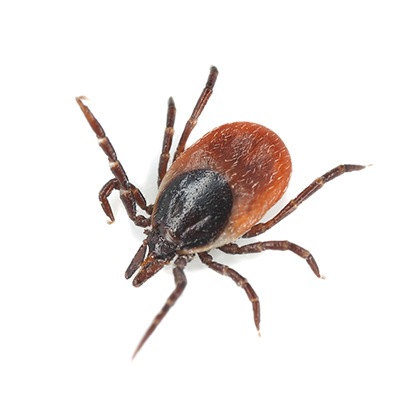
“While the nymph-stage ticks are most common during the spring and summer months, adult deer ticks can generally be active whenever the temperature is above freezing,” said internationally known integrative veterinarian and owner of Harmany Equine, Dr. Joyce Harman. “If ticks are active, Lyme carriers are still capable of infecting us and our animals.”
Continue reading …European Union Now Requires Zootechnical Certificate to Accompany Semen/Breeding Animal Shipments
November 2, 2018 Comments Off on European Union Now Requires Zootechnical Certificate to Accompany Semen/Breeding Animal Shipments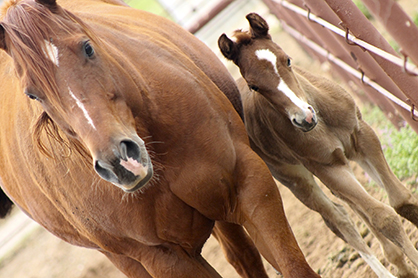
Beginning on November 1, 2018, the European Union (EU) will be adopting new regulations related to animal breeding organizations and processes. Among these regulations is the requirement that a zootechnical certificate accompany semen or breeding animal shipments into the EU.
Continue reading …Do You Wait Too Long to Raise Prices in Your Horse Business?
November 1, 2018 Comments Off on Do You Wait Too Long to Raise Prices in Your Horse Business?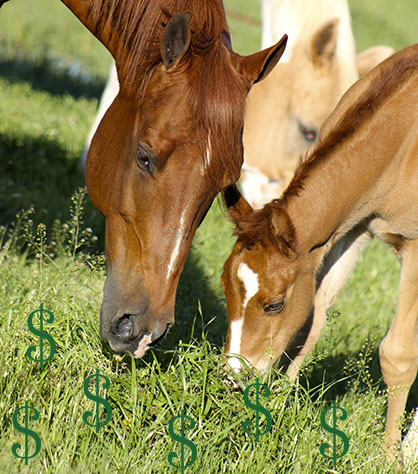
They ignore their operating costs and price boarding, lessons, and training based on the “going rate”or slightly less because they are fearful about losing business or not getting enough business.
Continue reading …Temporary Suspension of Livestock Movement Restrictions and Shelter Openings in Face of Hurricane Michael
October 10, 2018 Comments Off on Temporary Suspension of Livestock Movement Restrictions and Shelter Openings in Face of Hurricane Michael
“By suspending the movement requirements for the transportation of animals, we can ensure that Floridians and visitors can quickly and safely move their pets and livestock out of harm’s way,” said Commissioner of Agriculture Adam Putnam.
Continue reading …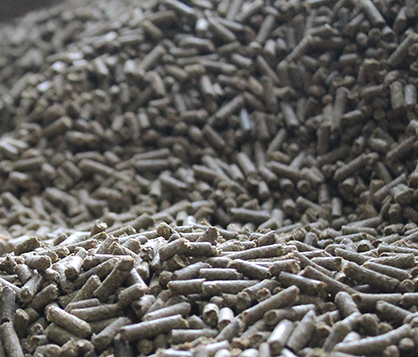
Probiotics have been appearing in basic feeds and all sorts of supplements for about a quarter of a century now. Supporting normal intestinal function is something everyone can get behind, but how are the organisms chosen? Does it matter?
Continue reading …Have You Ever Considered Your Pet’s Mental Health?
October 9, 2018 Comments Off on Have You Ever Considered Your Pet’s Mental Health?
“While there is no hard evidence on the rate of mental illness in animals, it’s reasonable to conclude that statistically it’s the same as in humans – that is, one in five suffer from a mental health condition. Given the number of pets that end up in shelters because of a behavior-related problem, one in five is certainly a reasonable, possibly conservative statistic.”
Continue reading …Are We Training Our Horses More Than Necessary?
October 8, 2018 Comments Off on Are We Training Our Horses More Than Necessary?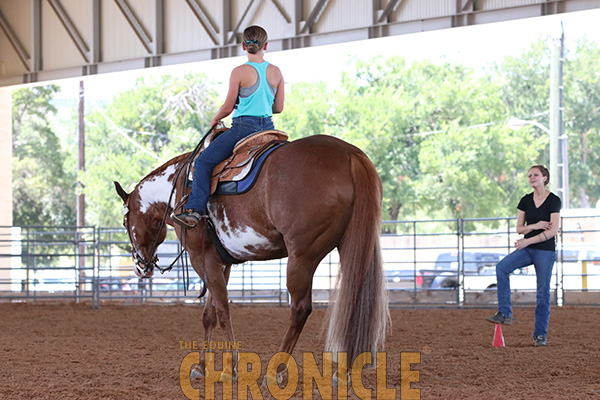
New research has found that horses have similar learning progress and remember a task just as well, when they are trained every three days, as when they are trained daily. Horse riders and trainers may decide how often to train their horses based on a gut feeling of how they believe the horse is responding when asked to perform a specific task.
Continue reading …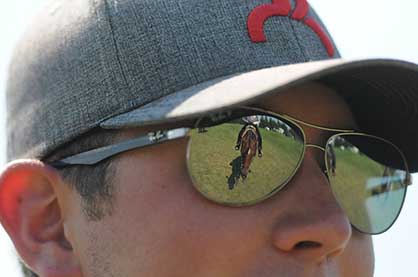
You say to the prospective horse purchaser: “This mare is a talented athlete that wins in the show ring, but she has a low tolerance for a beginner rider.” Ten minutes later the prospective buyer asks, “Will she be OK with my young children in walk-trot classes?”
Continue reading …It’s Not Too Late For West Nile Vaccinations
October 6, 2018 Comments Off on It’s Not Too Late For West Nile Vaccinations
The Equine Disease Communication Center (EDCC) reports 152 cases of WNV thus far in 2018, with almost all diagnosed during the months of August and September. Most confirmed cases occurred in horses which were unvaccinated or had an unknown vaccination history.
Continue reading …Every Horse Needs These Five Things
October 3, 2018 Comments Off on Every Horse Needs These Five Things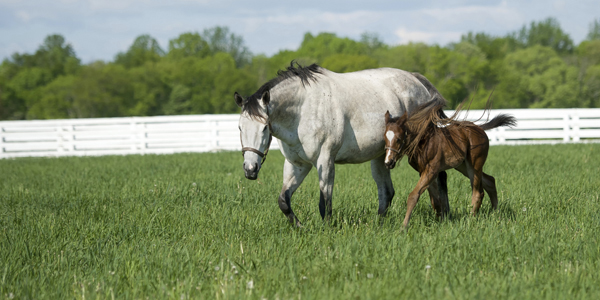
A full-sized horse requires at least one ounce (two level tablespoons or 30 ml) of salt each day for maintenance – this much provides 12 grams of sodium. Heat, humidity, and exercise increase the horse’s need. There are several ways to accomplish this:
Continue reading …







